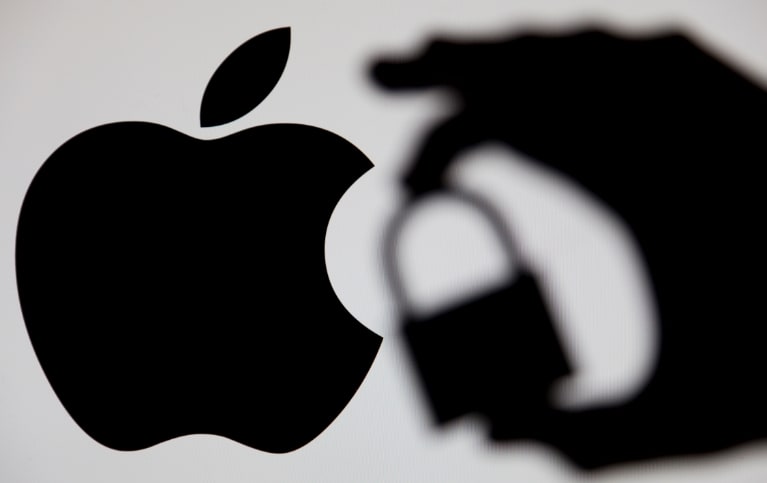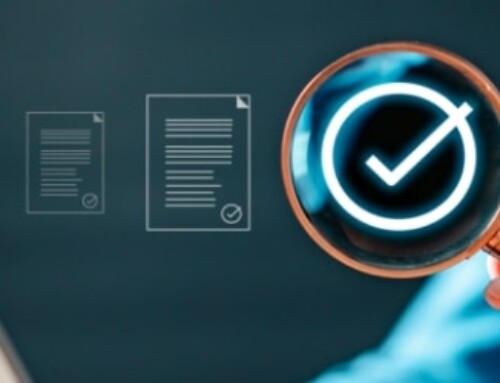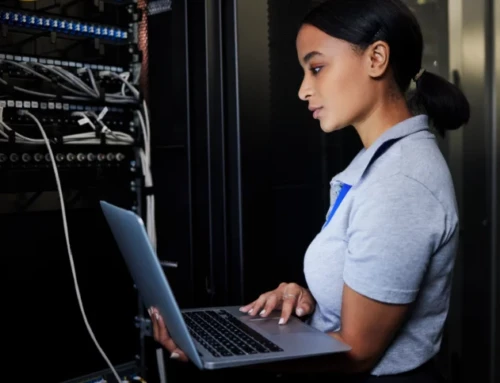When choosing an operating system (OS), two major competitors come to mind: macOS and Windows. Both operating systems offer robust features and intuitive user experiences. Macs are often popular among those in the creative industry, while Windows are generally used in the commercial space. However, people tend to believe that Macs outperform Windows when it comes to cybersecurity. This blog discusses whether that claim is true.
Why do people think macOS is safer than Windows?
macOS is generally perceived as a more secure operating system because it is less targeted by cyberattacks than Windows. The issue is that Windows holds over 74% of the desktop OS market share, making it an attractive target for financially motivated cybercriminals. Additionally, Windows’ widespread popularity makes it difficult for Microsoft to quickly identify and secure system vulnerabilities across millions of devices. In contrast, Macs only make up 15% of operating systems for desktop computers and are therefore far less enticing for hackers. This smaller market share also means Apple technicians can focus on troubleshooting security issues and providing more specialized support for customers.
Another reason why Macs are often considered safer is their closed ecosystem, which means Apple has complete control over both hardware and software components. Apple thoroughly vets its products’ hardware components and lists only trustworthy software on the Apple App Store to protect user privacy. Meanwhile, Windows is adapted to different hardware manufacturers and works with countless applications, thus inviting larger cybersecurity risks.
However, despite Macs’ reputation for security, they’re not immune to cyberthreats. Recently, a Trojan called WizardUpdate solely targeted Mac computers. The malware adjusts a Mac’s admin privileges to install unwanted apps on infected devices while evading detection by Apple’s built-in security tools. Plus, as Macs become more popular, they are increasingly becoming a target for hackers and malware developers. This means that Windows and Mac users are now equally at risk of experiencing cyberattacks.
How do Mac and Windows security compare?
Both macOS and Windows have strengths and weaknesses when it comes to cybersecurity. Here are the ways the two measure up against each other:
Built-in security features
macOS and Windows offer fairly similar out-of-the-box security features:
- Booting protection – Windows and Mac devices have secure chips installed that scan the OS, firmware, and other critical files when booting up. These make sure that the OS works properly on startup and prevent any unauthorized attempts to modify system configurations.
- Automatic updates – Apple and Microsoft release regular system updates to patch vulnerabilities and improve security. Users can enable automatic updates to ensure their devices are up to date.
- Anti-malware protection – macOS has XProtect, while Windows has Microsoft Defender Antivirus. Both of these anti-malware programs run in the background without affecting performance, constantly scanning for potential security threats.
- Device encryption – All Mac users have FileVault encryption on their devices, whereas Windows users can enable BitLocker drive encryption. These solutions encode data stored on devices to prevent access by unauthorized individuals.
- Biometric security – Mac users can enable TouchID on certain iMacs and MacBooks. Meanwhile, Windows offers Windows Hello, which allows users to sign into their devices using a PIN code, facial profile, or fingerprint.
- App store – The Apple App Store lists only those applications that have been reviewed by Apple’s security team, while Microsoft curates the Windows Store to only feature safe and reliable software. Keep in mind that there are more unvetted third-party app stores and applications available for Windows than there are for Mac. This means there’s a higher chance of encountering and downloading malicious software on PCs.
- Browser security – Microsoft Edge and Safari offer tracking prevention, privacy reports, and password managers. However, Microsoft Edge provides more comprehensive protection with Microsoft Defender SmartScreen. This feature leverages machine learning and real-time site reputation checks to detect phishing, malicious downloads, online scams, and other cyberthreats.
- Find my device – Windows and Mac users can enable the Find My Device feature to locate misplaced devices with GPS technology.
Vulnerability and threat rates
Between the two operating systems, Windows deals with more threats because it is the most commonly used system in the world. In fact, in 2021, Windows 10 reportedly had 485 system vulnerabilities that hackers could exploit. These vulnerabilities included Remote Desktop Protocol flaws that may allow hackers to execute malicious code on a system without users doing anything. A 2021 report also found that 95% of ransomware attacks target Windows.
Conversely, security experts found 428 vulnerabilities in macOS in 2021. These vulnerabilities included memory corruption and access restriction issues that would enable hackers to steal private information.
Overall, macOS does not attract malware threats as much as Windows does. This can instill a false sense of security among Mac users, causing them to be complacent with the most basic security practices.
Support and update frequency
The support cycle slightly varies between Macs and Windows. With Macs, Apple provides three years of technical support and updates for each macOS version. Users can also expect a new version of macOS (currently Monterey) released annually, which forces them to plan for major upgrades. macOS doesn’t require as much upkeep as Windows, but this means Apple is far less proactive with releasing security patches.
On the other hand, Windows users can enjoy five years of mainstream support and feature updates from Microsoft, followed by another five-year extended support period for critical security patches. What’s more, Windows tends to have more frequent update releases because of the increased threat volume.
How can users protect their computers?
Regardless of the OS you choose, you need to protect yourself from security threats by doing the following:
- Update your OS and software regularly to minimize system vulnerabilities and defend against the latest threats.
- Install a reputable anti-malware program and keep it up to date. Then, run full system scans to detect and remove malware that may be lying dormant in your system.
- Uninstall end-of-life software because these products will no longer receive security updates and support from software developers.
- Set at least a 12-character-long password and never use the same password for multiple accounts. Password managers like LastPass and Dashlane can help you generate and remember hundreds of passwords.
- Be cautious of every website, email, and link you see online. Cybercriminals will often use phishing emails to trick their victims into downloading malware or sharing sensitive information.
- Fortify your network against cyberattacks using next-generation firewalls and intrusion prevention systems.
- Limit application permissions on your device whenever possible. Many applications will request access to your computer’s webcam, microphone, data, or location, but this can put your privacy at risk.
- Use a virtual private network (VPN) when you’re connected to a public network. This creates an encrypted tunnel between your device and the VPN server, preventing attackers from intercepting your internet traffic and tracking your online activity.
- Never leave your computer unattended, especially when you’re in a public space.
- Back up your data regularly to avoid data loss in case your computer is lost, stolen, or compromised by a cyberattack.
Keeping computers safe from the latest security threats can be a daunting task, but you don’t have to do it alone. Dynamic Solutions Group is a leading managed IT services provider that offers comprehensive cybersecurity support and solutions. Call us today to protect your IT infrastructure.






